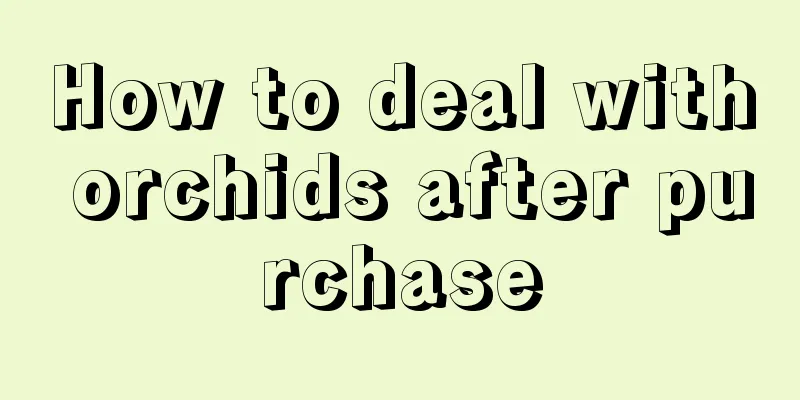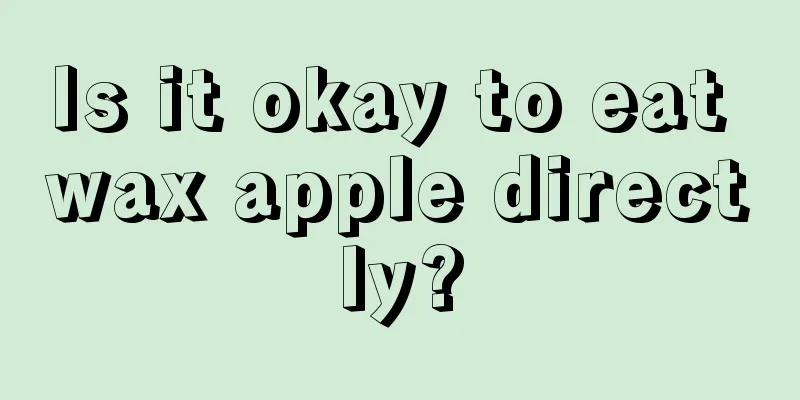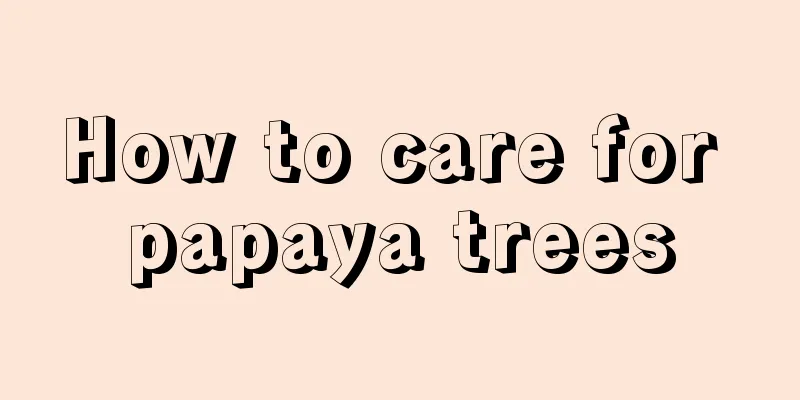Sunflower broomrape disease prevention and control measures

|
Sunflower broomrape is a plant also known as poison root weed. It is fleshy and has a height of 20 to 50 cm. It has no real roots and mainly parasitizes on sunflowers, relying on fibrous roots to enter the roots of sunflowers to absorb nutrients. The inflorescence is spike-shaped, with 20 to 70 flowers per plant , and sometimes more than 200 flowers. They usually grow in groups, and once you find them, you will see a pile of them, which seriously affects the growth of sunflowers. Prevention and Control of Sunflower OrobancheSeed selection Different varieties have different degrees of resistance to parasitism of Oleander. When purchasing seedlings, choose varieties that are resistant to Oleander. Strict disinfection. If you choose to plant sunflowers by sowing, you must first check the purity of the seeds and disinfect them before planting. Do not mix seeds with other plants to prevent invasive spread. Early detection and early treatment Even if the variety is selected well, Oleander cannot be eradicated. Oleander is pervasive and can be produced from the formation of the flower disk to maturity. Therefore, you should observe frequently and clean up the emerging Broomrape seedlings and sunflower seedlings in time. When the broomrape grows leaves, pull it out with its roots and loosen the soil frequently to curb its growth. Chemical control Spraying 10,000 times the concentration of fluazifop solution on the soil surface after sowing and before seedlings emerge can effectively prevent the parasitism of Oleander. After the Oleander grows out, first pull it out, then spray it with a butyl resin solution, or irrigate the roots with nitroammonia water, and it will die in 8 to 12 days. Please note that this method can only be used when the sunflower disk grows to about 10 cm, otherwise it is very easy to cause pesticide damage. Biological control Biological control methods are costly and not suitable for home use. The editor has only listed them for your reference. As the saying goes, every plant has its own nemesis. Broomrape parasitizes sunflowers, and Broomrape can also be parasitized. The larvae of the broomrape fly can feed on the flower stems and fruits of the broomrape, and can eliminate the broomrape within a certain period of time. |
<<: Common diseases of jasmine
>>: Disease prevention and control of Parthenocissus tricuspidata
Recommend
How to grow Begonia in winter?
Begonia , also known as Begonia and Tiger Ear Beg...
What to do if the leaves of Epiphyllum are scorched and shrunken
What to do if the tips of Epiphyllum leaves are b...
When is the best time to plant Forsythia?
Which month is suitable for planting Forsythia? F...
How to plant ginkgo seeds
Ginkgo Seed Introduction Ginkgo seeds grow inside...
Fish feed formula list
In recent years, the demand for fish has increase...
Where is the best place to plant sea buckthorn (environmental conditions in areas where sea buckthorn is suitable for growing)
Where is sea buckthorn suitable for growing? Sea ...
How to fertilize potted green radish in winter
1. Methods Because the temperature in winter is v...
What are the propagation methods of Strelitzia reginae
Division Division propagation is usually best car...
How to divide large-leaf orchids into pots so that they can survive easily
When is the best time to divide the big-leaf orch...
What do yam leaves look like? Pictures of yam leaves
1. Leaf shape The leaves of yam generally vary gr...
How to propagate Fuchsia
1. Cutting method 1. Generally, except for the do...
How to reproduce small lilies
Seed propagation The propagation of lilies is mos...
How to Plant Celery Seeds
Celery seed planting time Celery seeds are genera...
The Feng Shui Effect of Brazilian Iron
The symbolic meaning of Brazilian iron The symbol...
Is the golden diamond suitable for indoor cultivation?
1. Is it suitable? From all aspects, it is more s...









